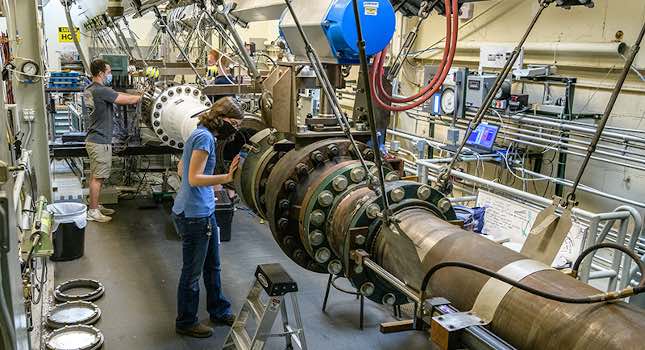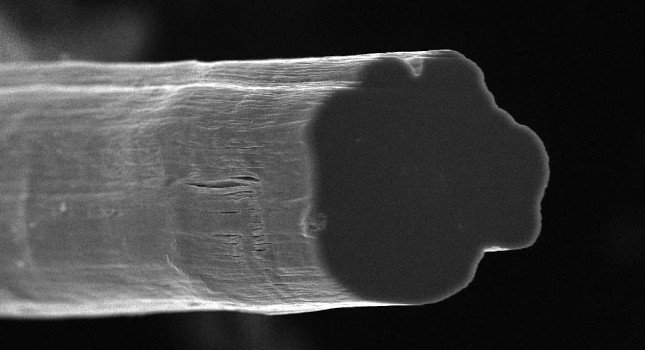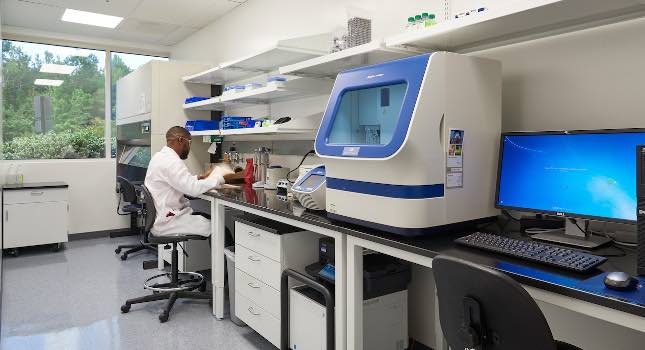Purdue University and the University of Notre Dame are pairing their hypersonics research and facilities to improve the next generation of high-speed vehicles capable of flying beyond Mach 5.

Purdue University and the University of Notre Dame are pairing their extensive hypersonics research and facilities to improve the technology’s next generation of high-speed vehicles capable of flying at Mach 5 and beyond as part of a $5.8 million program supported by the Air Force Research Laboratory (AFRL).
Both universities are home to separate Mach 6 quiet wind tunnels as well as unique combustion facilities. The 16-member faculty team from both universities will experiment, model and simulate propulsion systems, air flow, heat transfer, and overall design of the flight vehicles.
Dan DeLaurentis, director of the Institute for Global Security and Defense Innovation (i-GSDI), said multidisciplinary teams are essential for the future of hypersonics research.
“Disciplines including aerodynamics, aerothermal effects and propulsion all can come into play when a vehicle is flying at hypersonic speeds,” he said. “Multidisciplinary research is a point of emphasis for the i-GSDI and the Department of Defense.”
Jonathan Poggie, a Purdue professor of aeronautics and astronautics, will lead the hypersonics program.
“The role of our research is to provide support to military and NASA, providing them the research needed to make more accurate predictions about some of their toughest hypersonic problems,” Poggie said. “We will provide insight into extreme heat loads, aerodynamic forces and unpredictable control characteristics interacting with a vehicle when it flies at such high speeds.”
Mach 5 is five times the speed of sound, or more than 3,500 mph at sea level.
The research includes inlet and external flow performance in quiet flow wind tunnels, directed by Joseph Jewell, assistant professor of aeronautics and astronautics at Purdue, and Thomas Juliano, associate professor of aerospace and mechanical engineering at Notre Dame. Reducing uncertainty in turbulent flow modeling will be handled by Sally Bane, Purdue associate professor of aeronautics and astronautics. DeLaurentis will direct model-based systems analysis for hypersonic vehicle design, and Carson Slabaugh, Purdue assistant professor of aeronautics and astronautics, will lead scramjet combustion experiments. Key to the effort are the unique experimental facilities at the two universities.



